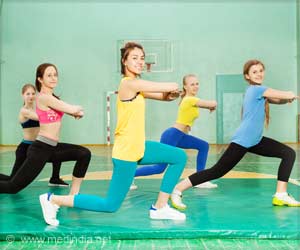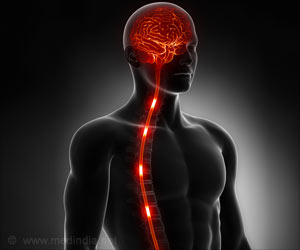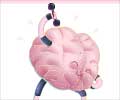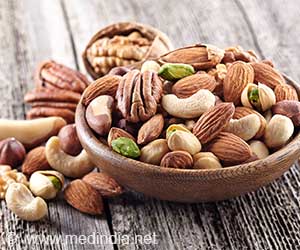Exercise boosts neuron growth and nerve healing through biochemical and physical effects, offering potential therapies for nerve damage.
- Biochemical signals from muscles during exercise promote neuron growth and maturation
- Physical stimulation of neurons mimics exercise-induced effects
- Insights pave the way for exercise-based nerve repair therapies
Actuating Extracellular Matrices Decouple the Mechanical and Biochemical Effects of Muscle Contraction on Motor Neurons
Go to source).
TOP INSIGHT
Did You Know?
Exercise not only strengthens muscles but also aids neuron growth! #fitness #nervehealth
Biochemical Effects of Exercise on Neurons
Muscles send out chemical proteins named myokines when they exercise. These signals, comprising growth factors, RNA, and various proteins, influence neuron growth:- Myokine-Induced Neuron Growth: Neurons increase their growth speed after direct contact with myokines produced by working muscles. Neural growth occurred four times faster under myokine exposure compared to normal conditions.
- Gene Expression Changes: Neurons that received myokines revealed enhanced gene expression of development, maturation, and communication traits. Physical activity helps both neuron development and works to improve their ability to function.
Physical Effects of Exercise on Neurons
Aside from the biochemical changes, the forces produced by exercising are vital for the development of neurons:- Muscle Mechanical Stimulation of Neurons: Muscles contract and pull on nerves during physical activity, resulting in various relative positions. Repetitive stretching of these nerves using magnets caused a form of mechanical stimulation that greatly increased their growth, almost identical to what myokines do.
- Both Effects: This means that both biochemical and physical forces affect the formation and repair of neurons where development or repair is necessary.
Experimental Approach
The study employed a controlled in vitro setup to isolate the effects of muscle activity on neurons:- Muscle Tissue Preparation: Individual muscle cells of the mouse were cultured as monolayers and genetically engineered to contract upon activation by light, thus simulating exercise.
- Myokine Solution Collection: The medium was then taken from around the exercising muscle tissue and cultured onto motor neurons derived from mouse stem cells.
- Mechanical Stimulation of Neurons: Separate neurons were cultured on gel mats embedded with magnets and stretched mechanically by means of external magnets.
Key Findings
- Myokines released during the course of exercise also greatly promote neuronal growth and maturation.
- Mechanical stimulation can also induce neuronal growth almost to the same extent as biochemical signals.
- Both biochemical and physical effects of exercise are equally important for promoting nerve growth.
Implications for Nerve Repair
Technological and biological findings would enlighten the muscle-nerve interaction, creating the following implications:- To Treat Nerve Injury: Stimulating muscles may upregulate nerves for regeneration, equating to therapeutic intervention toward nerve injury.
- Neurodegenerative Diseases: Muscle stimulation might restore mobility by inducing growth and repair of neurons in ALS patients.
- Exercise Therapy: This provides a basis for exercise-related interventions in building damaged and degenerating nerves.
Reference:
- Actuating Extracellular Matrices Decouple the Mechanical and Biochemical Effects of Muscle Contraction on Motor Neurons - (https://onlinelibrary.wiley.com/doi/10.1002/adhm.202403712)
Source-Medindia
 MEDINDIA
MEDINDIA





 Email
Email










